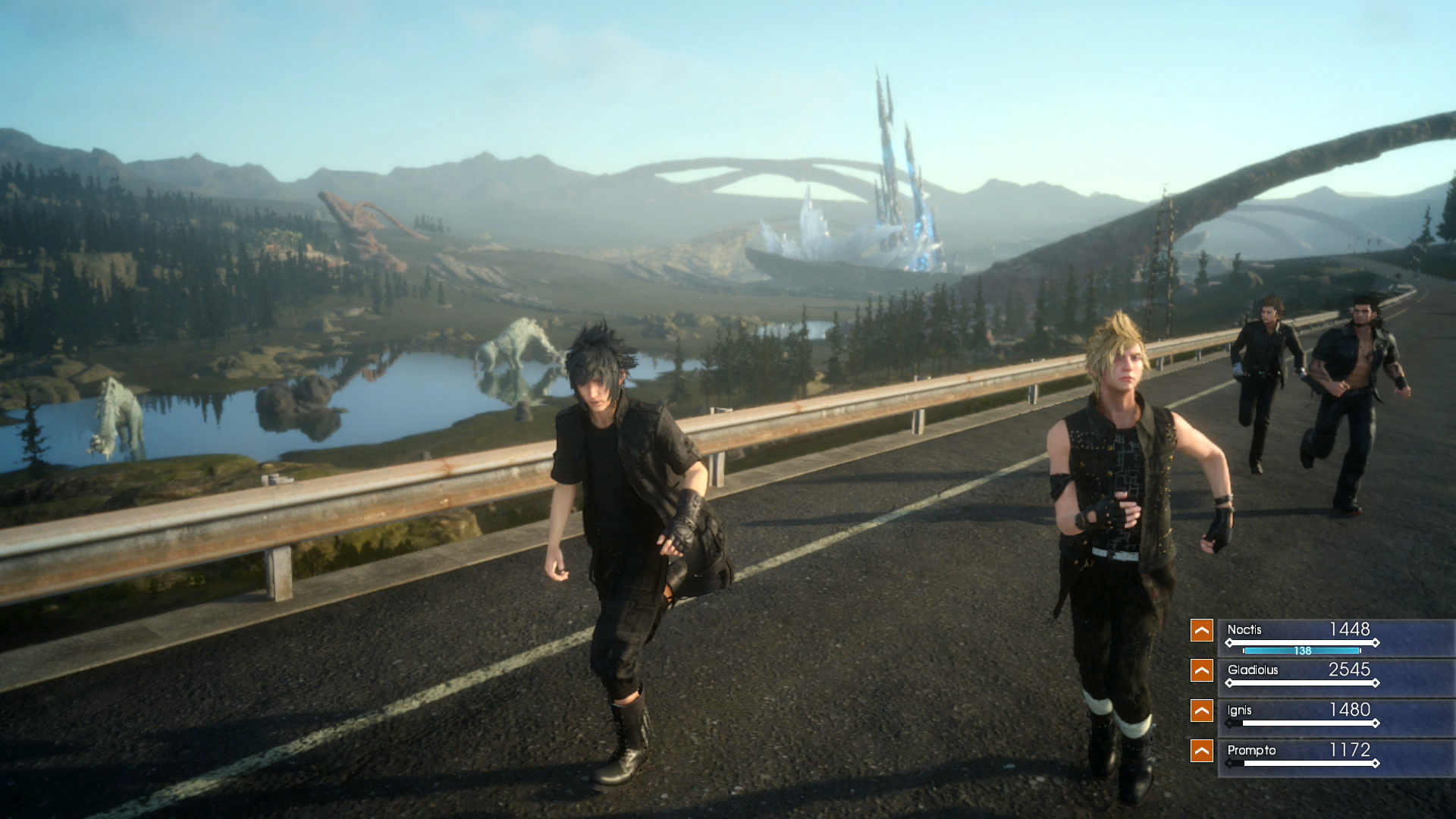Let’s get one thing out of the way: if you really want to get the most out of «Final Fantasy XV», you’re gonna need to do a little prep work first. Yeah, I know - homework for a video game sounds ridiculous, but trust me, it’s worth it.
Start with the film «Kingsglaive: Final Fantasy XV», which came out a few months ago. It isn’t optional fluff. It’s essential viewing. The movie sets the stage for the events of the game’s opening chapters, offering crucial context about the world, its warring factions, and the people caught in between. Without it, the early story beats of the game can feel confusing or underdeveloped.
Want to go deeper? The anime series «Brotherhood: Final Fantasy XV» explores the personal backstories of your main party. It’s a quick watch, and it adds genuine emotional weight to your journey - especially in the game’s later, more poignant moments.
If this sounds like a lot of work just to play a game, that is because «Final Fantasy XV» is - for better or worse - what you could call a transmedia experience. But the payoff is real. With that extra context, every imperial you battle feels more satisfying to take down. You’re not just playing - you care. And once you’re invested, «Final Fantasy XV» delivers one of the best narratives in the series' recent history.
It doesn’t reinvent the formula, but it taps into the same emotional core that made the classics on Super Nintendo and PlayStation unforgettable.
Bromancing the stone
The game begins as a road trip for Prince Noctis and his buddies: Ignis, Gladiolus, and Prompto. A final grand adventure in daddy’s car before the princeling must wed the princess from a neighboring kingdom.
At first, it’s all lighthearted fun. But as the journey progresses, shit hits the proverbial fan, war breaks out and the group must lean on each other to survive and get to where they need to be.
The heart of the game lies in the bonds of friendship and the camaraderie between the game’s all-male main cast. This is primarily a story about brotherhood and eventually, sacrifices made for those you love. It’s the kind of bromance that might bring a tear to the eye of even the manliest of men, as it taps heavily into the masculine ideals of duty and honor.
The closest comparison I can think of is the 1986 film «Stand by Me», which also follows a group of boys heading out on an adventure into the wilderness. While the ages of the characters in these two stories differ, both capture the fleeting beauty of friendship that only occurs during a short phase of young men's lives.
The camaraderie among the main characters is the glue that holds the story together. It’s both heartwarming and humorous, but it can also turn somber.
For example, there’s a point in the game where one of the group sustains a permanent injury that forces you to adjust your pace as you fight your way onwards. But rather than finding this frustrating, it made me want to take extra care of him. It feels genuinely heartbreaking as the once-good vibes of the group begin to crumble, and it’s bitterly noted that perhaps his royal highness should try harder to keep his retinue together.
Western Influences
«Final Fantasy XV» leans heavily into Western game design, resembling a Western RPG more than a traditional Japanese one. Mainly because of its emphasis on open-world exploration and the freedom to roam vast landscapes. Yet, this also harkens back to classic «Final Fantasy», when you could still roam the world map freely. The key difference is the seamless integration. There are no transitions between exploration and combat, and the dungeons flow naturally into the broader areas.
There’s also a much greater focus on realism over fantasy this time. The architecture and interiors remain colorful and magical, but they also show signs of wear and tear. Highways and infrastructure snake across the landscape, and outposts in the wilderness aren’t just filled with attractive, impeccably groomed people with great hair anymore. There are now also scruffy rednecks wearing baseball caps with spikes on them.
While cruising down the highway, you might see herds of wildlife crossing the road.
Overall, it’s a pleasure just to drive around, explore the continent, and listen to music in the car, while occasionally taking camping trips into the wilderness to hunt monsters.
I also love the mechanic where experience points are only tallied when you set up camp, and the food you eat before bed influences your combat performance the next day. This gives food a real function - moving beyond the typical, purely decorative role it plays in most RPGs.
The cities also feel more alive than ever, truly coming across as places where people might actually live. This is especially true for the port city of Altissia, with its multi-level, Venice-inspired canals and bustling crowds.




No comments:
Post a Comment